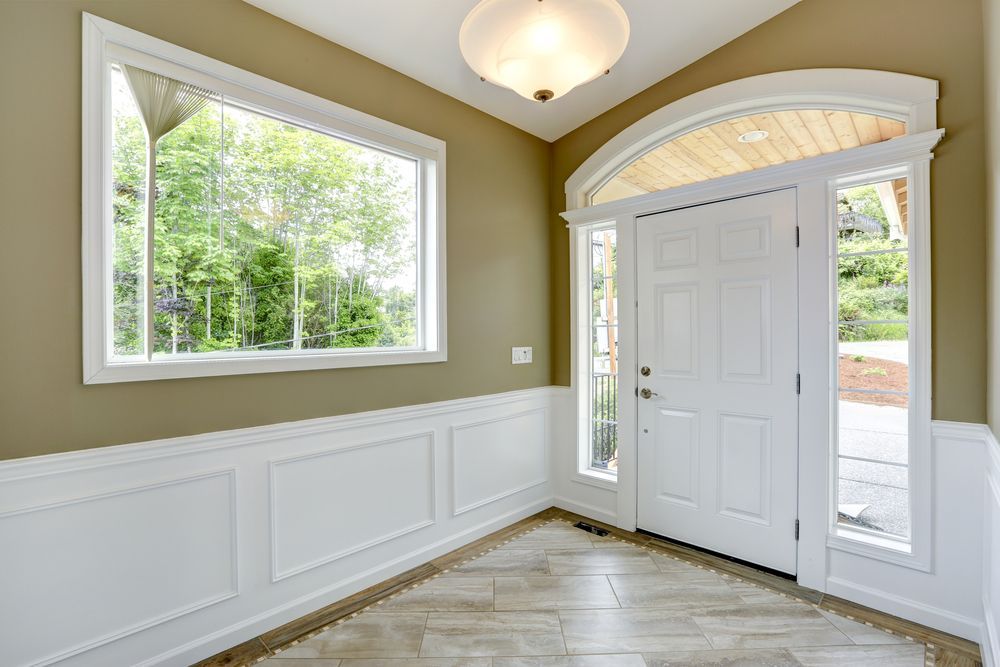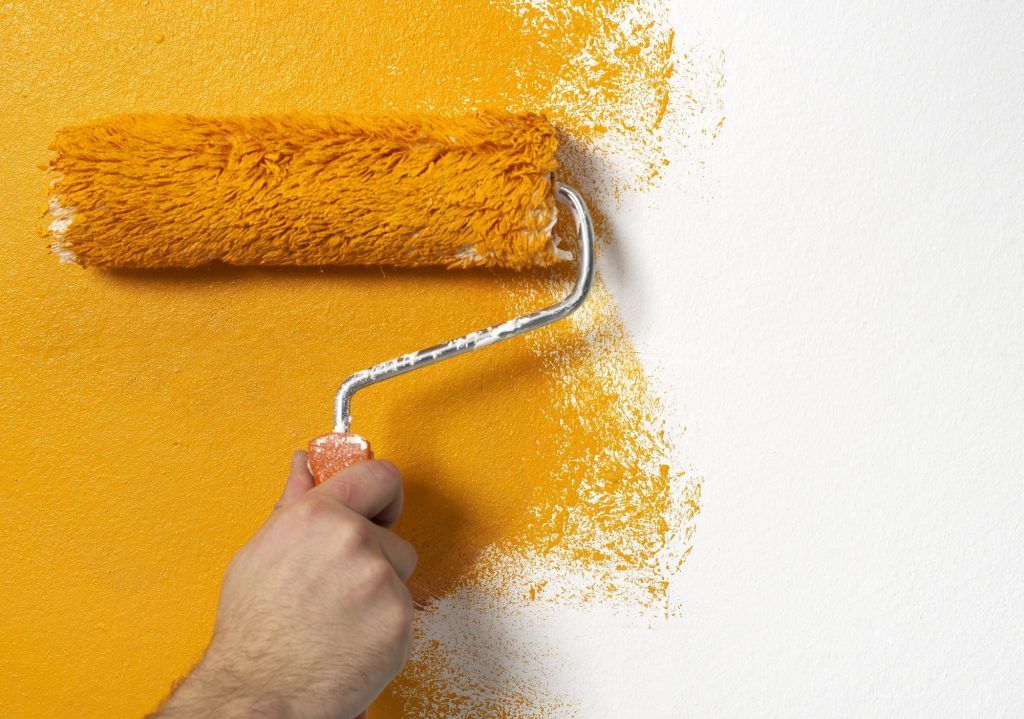How to Paint Trim the Right Way
 Instead of a 2,000-word article on the finer points of how to paint trim the right way, we’ve put together a couple of helpful tips, along with some discussion on picking the best paint for trim.
Instead of a 2,000-word article on the finer points of how to paint trim the right way, we’ve put together a couple of helpful tips, along with some discussion on picking the best paint for trim.
How to Paint Trim the Right Way
You know what they say–measure twice, cut once. That maxim, in addition to being literally true, is also a statement about preparation in general. With the right prep work, the question of how to paint trim the right way doesn’t quite answer itself, but it sure gets simpler.
Start by “raking” the trim to be painted very slowly with a bright light. It will highlight rough spots–divets and other blemishes–that will need special attention before painting begins. You can circle your findings lightly with a pencil so they’re easier to find with your sandpaper. This process is tedious, but your beautiful, uniformly painted wall trim will thank you.
Get That Perfect Trim Look!
When you’re done and it’s time to remove the painter’s tape , don’t just peel it off; it will bring some paint with it.
Paint forms a film between the tape and the wall; you want to cut that film cleanly with a box cutter before pulling the tape off. Of course, you have to wait for the paint to finish drying before you do. Otherwise, you won’t get a clean cut and it will be like you ripped the tape off willy-nilly.
The Best Paint for Trim
There are many factors that go into deciding on the “best” paint for trim. This list is certainly not exhaustive, but it will get you started.
There are several levels of glossiness that a paint can display after it dries. Most walls have what’s known as an “eggshell” sheen, and most trims have a “semi-gloss” sheen. There is a level between the two and at least one that’s glossier than “semi”, but semi-gloss is basically standard.
Painting wall trim can be tedious, especially when you can’t do it with a roller. The fine details of this work often necessitate brushwork. But some trim paints are formulated such that you largely can roll them on. This cuts the tedium as well as time spent on the job.
Finally, some trim paints are high-enough quality that you can skip the primer on certain types of surfaces. If you’re interested in eliminating that step from the job, do your research; it just might pay off.
How to Paint Trim the Right Way: Call in the Professionals
Caesar didn’t build the roads of Rome himself; but we still talk about how “Caesar built the roads” for shorthand. Likewise, you don’t have to physically paint your walls or their trim to “repaint your house”. Before you commit to taking on a project like this yourself, be a Caesar and call some professional interior painting contractors and at least get an estimate. Consider things like the company’s guarantee on its work. You may decide that their expertise in paint selection and technique, along with their guarantee, is well worth the money.













